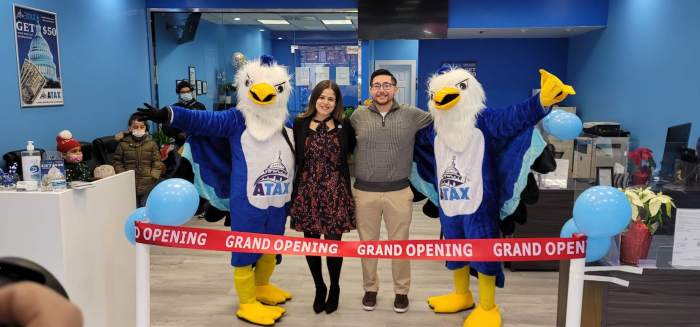
The traffic is so bad in Kinshasa, capital city of the Democratic Republic of the Congo, that authorities called in the robots. Big, larger-than-life-sized humanoid metal men, who can shout commands and stand at stiff attention in the middle of intersections, extending their ramrod arms in a sometimes futile attempt to keep the drivers in line (see: Congolese cars, pedestal ramming, and broken robots, as outlined in a recent Wall Street Journal article).
Congestion hasn’t necessitated the Terminator in New York City yet, but the traffic’s not great either. In fact, NYC bus speeds are among the slowest in the world, New York City Transit officials reminded New Yorkers at a Monday committee meeting. Outside, on the streets of Manhattan, buses crawl at some 10.5 minutes per mile. Practically a brisk walk.
That’s one reason why new NYC Transit President Andy Byford unveiled a big, bold bus plan this week, including some high-tech additions to the NYC streetscape that might seem as out of place as the Kinshasa robots. But also, as necessary to keep people moving quickly, with perhaps a bit more comfort.
The strangest new contraption in the plan is probably the double decker-bus, a sleek London transplant that is set to be tested on Staten Island. At about 12 feet, 9 inches tall, the pilot buses will be just small enough to fit through the Lincoln Tunnel, and would potentially allow for commuting in style for more passengers.
Other elements of the bus action plan are smaller but may be more effective at speeding bus traffic. That includes installing “tap readers” on all buses to allow for all-door boarding, cutting down on the long lines typical at local bus stops where riders wait to swipe their MetroCards one by one. With a new tap-and-go payment system in the works, riders would eventually be able to pay and hop on at all bus entrances. Currently, buses spend on average 20 percent of their time loading and unloading passengers at stops, according to the presentation from NYC Transit, a division of the MTA.
The plan also includes more use of Traffic Signal Priority — technology that allows a bus to “hold” a green light or “shorten” a red one so as not to get stuck in traffic. That’s available only on 11 routes but the MTA plans for all buses to be able to support the technology by 2020.
Some more-or-less futuristic planned updates are meant more to improve the experience of riding on an NYC bus, after years of declining bus ridership systemwide. A mobile app to be rolled out for some routes this year would let you know if there’s a seat before you hop on board — not an idle concern if you’d otherwise be tossed around during a long ride in the aisle.
And there will be more buses with digital info screens that tell people what stop is next — a simple courtesy extended in other modern systems, and a real help toward demystifying bus travel for the unconverted. Beyond the amenities, a more convenient bus system might mean more riders will ride along rather than choose a taxi or Uber or their personal cars. That could speed everyone else’s route, too, with potentially more vehicles off the road.
Of course, another big way to make our buses better and faster was debated in Albany in recent weeks: a “congestion pricing” plan that would charge a fee to drive into certain portions of Manhattan, and direct that money to the MTA. That plan went essentially nowhere during the budget season when state politicians haggle over marquee legislation. So much for relying on mere humans and their frailties. Robots it is.

















